“Silage-making went very well,” said Arthur, who farms alongside his wife Muriel and son Scott.
“We got around 75 bales off of 10 acres, which is not far wrong.”
The farm usually gets between six and seven bales an acre on their closed-off paddocks so this year was one of their best. They cut four paddocks as the grass has grown reasonably well this spring, while last year they managed to shut off and cut only two paddocks.
Arthur said: “We decided to cut as the grass was just starting to head. We took in the mower last Monday then lifted in on Wednesday.”
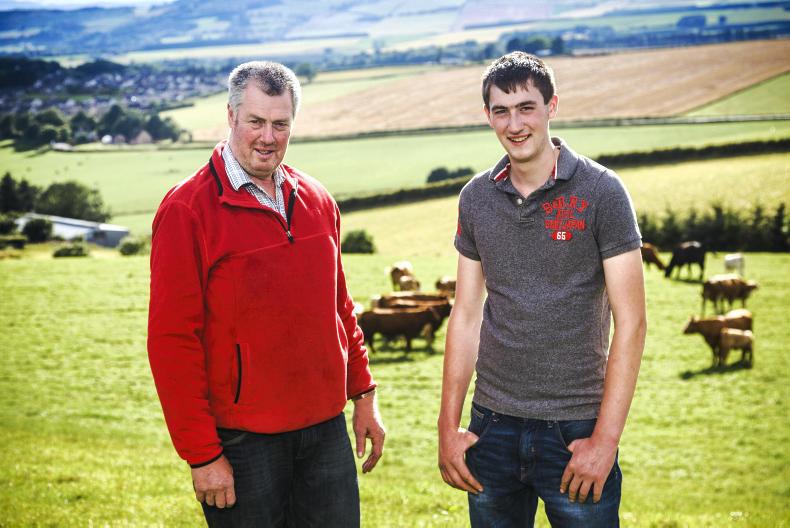
Arthur and Scott Duguid.
Fine leafy stuff
Leaving it to wilt for two days in the recent hot weather might have left the grass too dry but Arthur explained there was always moisture at the bottom of the cut bout. The quality of the silage should be good and the plan is to feed the baled silage to ewes next spring.
“It was fine leafy stuff with clover running through it,” explained Arthur.
Fertiliser went on to the grass in the middle of March, with very few animals grazing on the fields since January. The paddocks will get another application of either Sulphan 27 with sulphur or 27-4-4 with sulphur.
“It is needing something to perk it up again,” believes Arthur.
In around three weeks, once the grass has started to grow again and there is a reasonable cover, the fields will go back into the rotation and be filled with the ewes and lambs.
Main-cut silage
The main crop of silage will be cut in the middle of next week as any longer Arthur feels will damage the quality of the crop. Furthermore, the longer he leaves to cut the silage the less chance of a quality second cut being made. The farm usually lifts around 100 acres of silage for the silage pit to feed cattle through winter.
The operation is all done by themselves with a trail-behind Kverneland 10x flywheel chopper. They use two or three tractors and silage carts along with someone filling the pit on the buckrake and another tramping the grass down. It is a real family affair, with additional help from Arthur and Muriel’s daughters alongside their son Scott. If three carts are needed for fields further away, a neighbour also lends a hand.
“We do all our own silage and it helps make a better job of the quality,” believes Arthur. “The only thing we don’t do is wrap our silage bales.”
They also do a bit of silage out and about with an additional 30 acres of silage made for a neighbour. The operation can make between 25 and 30 acres of silage a day if the weather is good.
North Cranna
The Duguid family farms at North Cranna on the outskirts of Aberchirder in Aberdeenshire. The farm is run by husband and wife Arthur and Muriel along with their son Scott along with help from daughters Gemma and Amy. The farm is 164 hectares with steep braes and rises from 160m to 800m above sea level. It is mainly a grass farm, with winter barley grown for feeding and bedding. This year, the Duguids have planted fodderbeet and turnips to feed their livestock. They have a herd of 150 cows which are mainly Simmental, with a few Salers crosses. Stock not kept for breeding are sold as stores at 12 to 14 months of age at Thainstone.
They also run a flock of 240 Scotch and Cheviot Mule ewes which go to Texel Suffolk and Beltex tups.
Nematodirus warning for sheep farmers
Farm Profit Programme adviser Robert Gilchrist writes to warn farmers about increased Nematodirus risk in lambs.
Lambs have been growing well in the dry conditions and with rain now either having fallen or in the forecast, grass should kick on again and keep performance up. However, there are other challenges out there and one that is raising its head at the moment is Nematodirus. The SCOPS forecast suggests that much of Scotland is currently at a medium to high risk for Nematodirus in lambs.
Most lambs will be in the 6- to 12-week-old bracket and beginning to graze. If they are currently grazing grass that carried lambs last spring, they will be at a high risk. Moving lambs to a lower risk pasture (one not grazed last spring) is a strategy, however, this is not always possible.
If an anthelmintic is required, then it must be a white (class 1 – BZ) drench to tackle Nematodirus. Seven to 10 days after treatment, take a dung sample and have an FEC done on it to check that the drench has worked.
“Silage-making went very well,” said Arthur, who farms alongside his wife Muriel and son Scott.
“We got around 75 bales off of 10 acres, which is not far wrong.”
The farm usually gets between six and seven bales an acre on their closed-off paddocks so this year was one of their best. They cut four paddocks as the grass has grown reasonably well this spring, while last year they managed to shut off and cut only two paddocks.
Arthur said: “We decided to cut as the grass was just starting to head. We took in the mower last Monday then lifted in on Wednesday.”

Arthur and Scott Duguid.
Fine leafy stuff
Leaving it to wilt for two days in the recent hot weather might have left the grass too dry but Arthur explained there was always moisture at the bottom of the cut bout. The quality of the silage should be good and the plan is to feed the baled silage to ewes next spring.
“It was fine leafy stuff with clover running through it,” explained Arthur.
Fertiliser went on to the grass in the middle of March, with very few animals grazing on the fields since January. The paddocks will get another application of either Sulphan 27 with sulphur or 27-4-4 with sulphur.
“It is needing something to perk it up again,” believes Arthur.
In around three weeks, once the grass has started to grow again and there is a reasonable cover, the fields will go back into the rotation and be filled with the ewes and lambs.
Main-cut silage
The main crop of silage will be cut in the middle of next week as any longer Arthur feels will damage the quality of the crop. Furthermore, the longer he leaves to cut the silage the less chance of a quality second cut being made. The farm usually lifts around 100 acres of silage for the silage pit to feed cattle through winter.
The operation is all done by themselves with a trail-behind Kverneland 10x flywheel chopper. They use two or three tractors and silage carts along with someone filling the pit on the buckrake and another tramping the grass down. It is a real family affair, with additional help from Arthur and Muriel’s daughters alongside their son Scott. If three carts are needed for fields further away, a neighbour also lends a hand.
“We do all our own silage and it helps make a better job of the quality,” believes Arthur. “The only thing we don’t do is wrap our silage bales.”
They also do a bit of silage out and about with an additional 30 acres of silage made for a neighbour. The operation can make between 25 and 30 acres of silage a day if the weather is good.
North Cranna
The Duguid family farms at North Cranna on the outskirts of Aberchirder in Aberdeenshire. The farm is run by husband and wife Arthur and Muriel along with their son Scott along with help from daughters Gemma and Amy. The farm is 164 hectares with steep braes and rises from 160m to 800m above sea level. It is mainly a grass farm, with winter barley grown for feeding and bedding. This year, the Duguids have planted fodderbeet and turnips to feed their livestock. They have a herd of 150 cows which are mainly Simmental, with a few Salers crosses. Stock not kept for breeding are sold as stores at 12 to 14 months of age at Thainstone.
They also run a flock of 240 Scotch and Cheviot Mule ewes which go to Texel Suffolk and Beltex tups.
Nematodirus warning for sheep farmers
Farm Profit Programme adviser Robert Gilchrist writes to warn farmers about increased Nematodirus risk in lambs.
Lambs have been growing well in the dry conditions and with rain now either having fallen or in the forecast, grass should kick on again and keep performance up. However, there are other challenges out there and one that is raising its head at the moment is Nematodirus. The SCOPS forecast suggests that much of Scotland is currently at a medium to high risk for Nematodirus in lambs.
Most lambs will be in the 6- to 12-week-old bracket and beginning to graze. If they are currently grazing grass that carried lambs last spring, they will be at a high risk. Moving lambs to a lower risk pasture (one not grazed last spring) is a strategy, however, this is not always possible.
If an anthelmintic is required, then it must be a white (class 1 – BZ) drench to tackle Nematodirus. Seven to 10 days after treatment, take a dung sample and have an FEC done on it to check that the drench has worked.





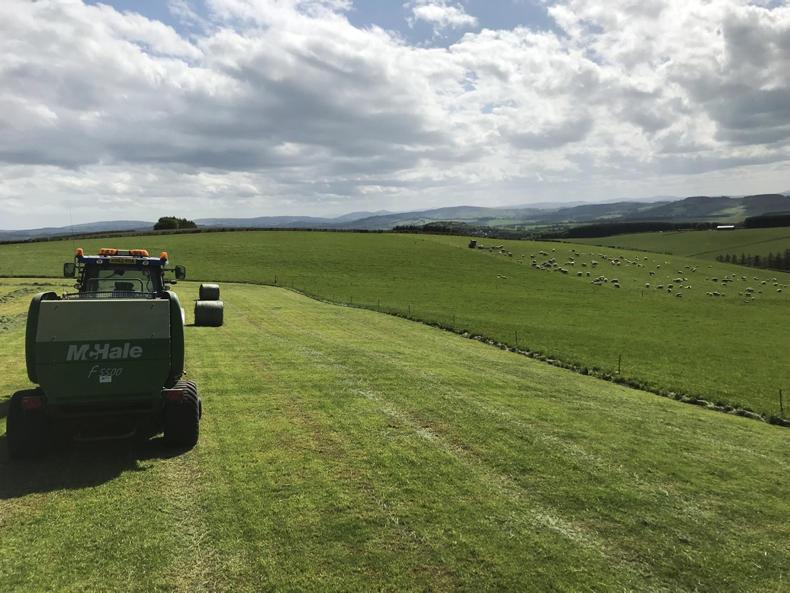
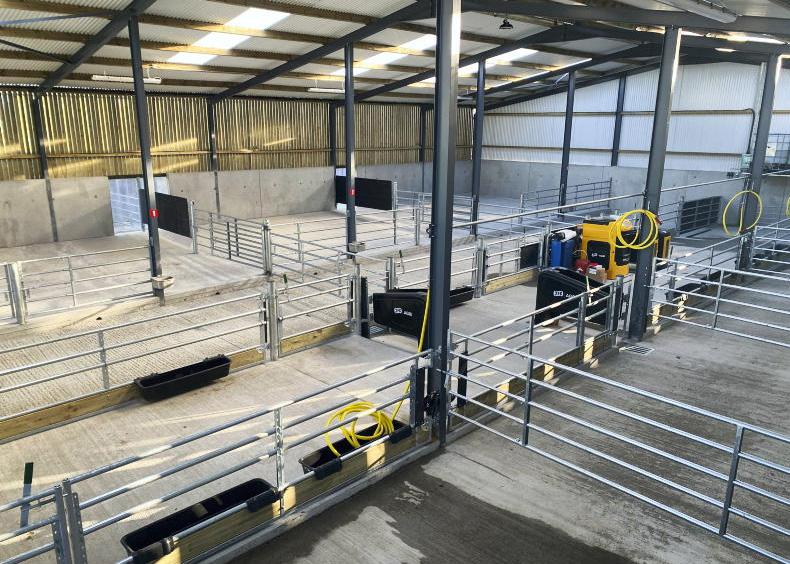

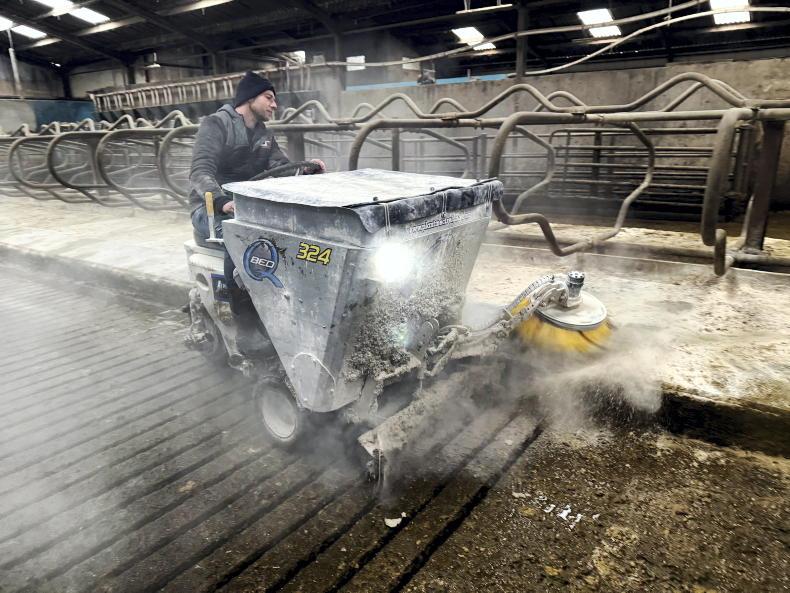
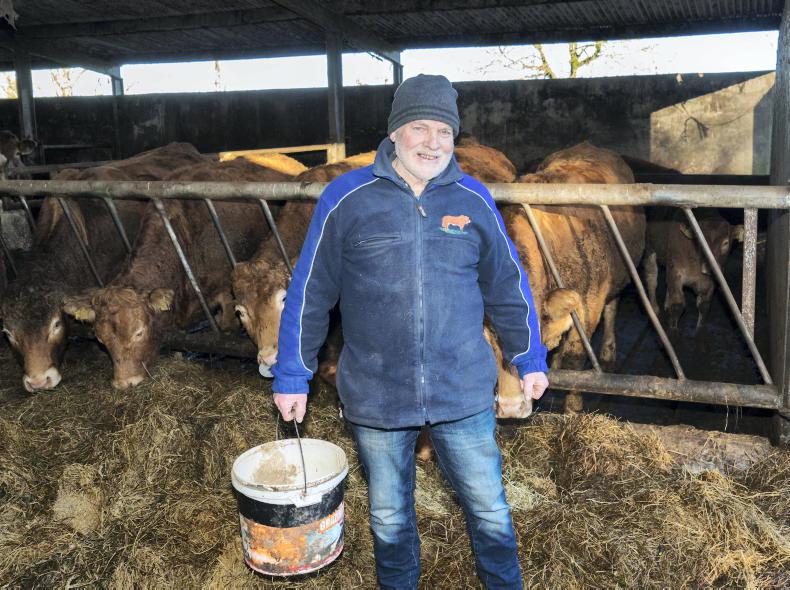

SHARING OPTIONS